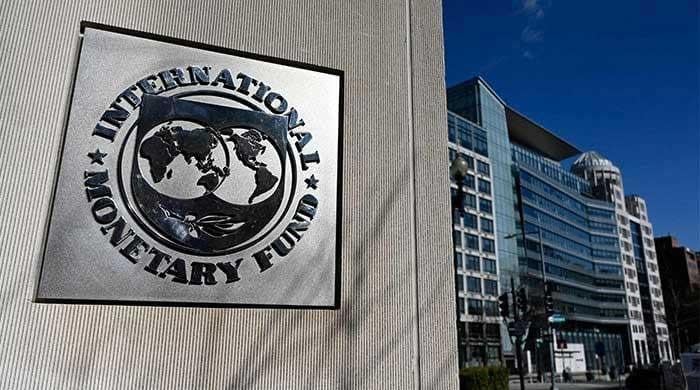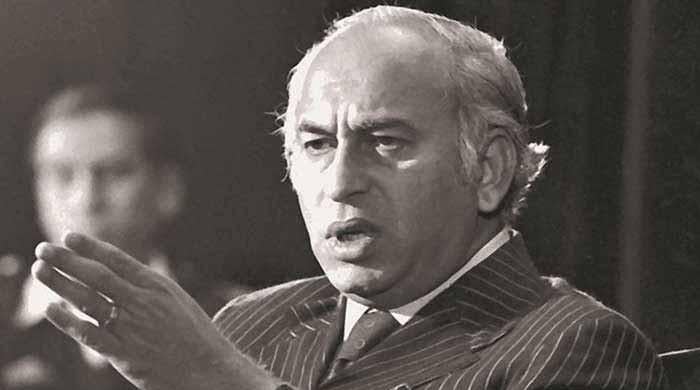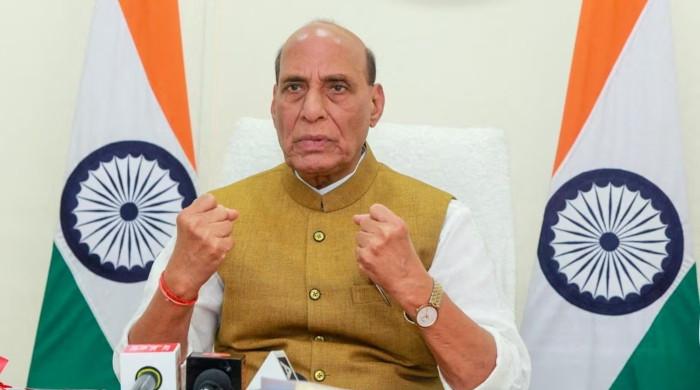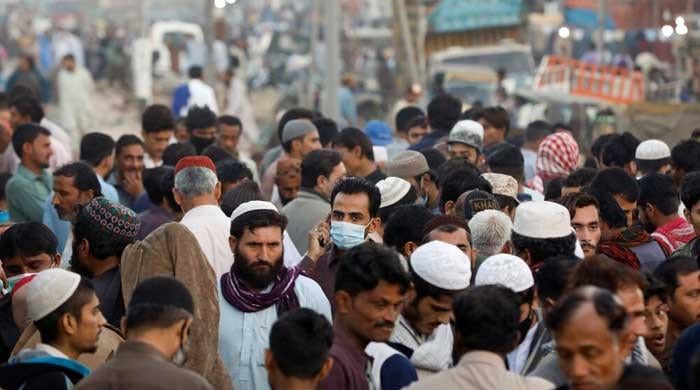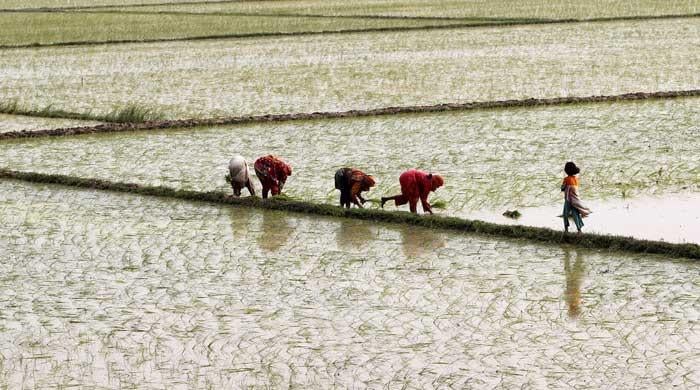Risking nuclear Armageddon
Global leaders and institutions sounded alarms, and finally, tenuous peace was achieved for the time between Pakistan and India
May 18, 2025
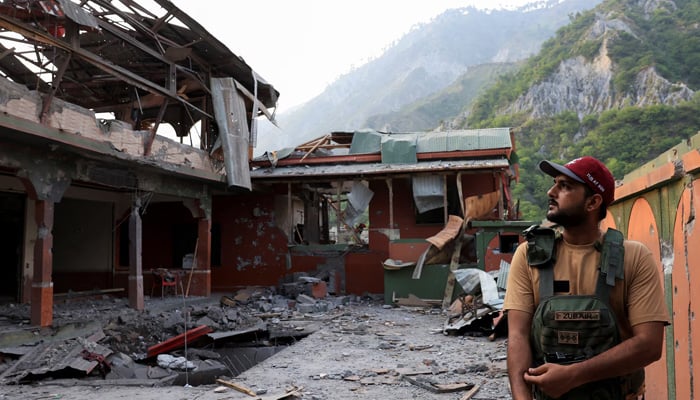
The world witnessed two nuclear powers go head-to-head in a kinetic exchange that spanned several days. Multiple cities were hit, military installations attacked, and dozens of civilian and military deaths reported. Some of the most lethal and advanced weapons of destruction were seen in action on both sides.
Global leaders and institutions sounded alarms, and finally, a tenuous peace was achieved for the time. However, India is calling it a mere pause and says that Operation Sindoor is still on. This is the closest the world has come to a nuclear war in decades. This should be simply unacceptable to the world. We have clearly gone up the escalation ladder in this conflict, and this cannot be allowed to become the new normal.
Nationalistic jingoism, religious fanaticism, political opportunism and outsized egos divorced from reality cannot be allowed to put the world at risk of a nuclear Armageddon. We cannot allow this game of Russian roulette to be played repeatedly with the hope that either the regional and global players will intervene and give a face saving to allow for suspension of hostilities or that either of the countries involved will be willing to take unbearable pain and losses and not resort to a nuclear option.
This means that the underlying reasons for the conflict between the two countries need to be addressed instead of just surviving the current conflict and waiting for the next trigger point to result in another, perhaps even deadlier, round of hostilities to ensue.
The explosive nature of the underlying combustible material can be gauged by the speed of escalation of this crisis. On April 22, a horrific terrorist incident takes place in Pahalgam, resulting in the deaths of over two dozen innocent people. Within an hour, India blames Pakistan, even identifying the supposed culprits and statements seeking revenge are issued. Within days, the non-kinetic escalation begins with India announcing the suspension of the Indus Waters Treaty, closing down the Kartarpur corridor, both sides shutting down the Wagah border, stopping all trade and expelling many diplomats of each country.
Pakistan bans Indian airlines from flying over Pakistani airspace. In just two weeks, kinetic action starts, with India attacking across not just the line of control but also the international boundary. Pakistan retaliates immediately — and the loss of Indian assets and the targets hit in Pakistan are reported globally. By the fourth day, the escalation reached a level not seen since the 1971 war and certainly not seen since the two countries achieved nuclear capability.
As scary as the speed of this escalation between the two nuclear neighbours was for the world, the concept of the nuclear escalation ladder warns that the prospects of the next few days, if the conflict were allowed to continue, could have been much more grave. Basically, the concept states that as two adversaries move up the escalation ladder, the speed at which the next rung of the ladder is reached accelerates. This makes common sense as well.
With each step up in escalation, the damage caused to the target country is greater. Hence, with increasing consequences for each escalation, the potential cost of being late in response or being preempted by the adversary rises. This creates a situation where, to use common language, the decision-makers can become trigger-happy, willing to take the risk of being too early rather than risking being too late.
It is good to see that DGMO-level talks have taken place, and another round is expected soon. However, we need to go much beyond that. A comprehensive dialogue needs to be initiated, and all the issues important to both sides must be discussed. Specifically, the issue of terrorism, which became the trigger point for the current round of conflict, must be addressed.
India has its own perception and grievances on the issue of cross-border supported terrorism. So does Pakistan, which has been one of the biggest victims of terrorism in the 21st century. Last year, the second-highest number of terrorism incidents in the world were recorded in Pakistan. If anything, this year, the pace of these terrorist attacks is even higher. It is absolutely vital for peace that these incidents on both sides are fully examined, preferably by neutral third-party inspectors. Terrorism as an instrument of state policy cannot have any place in the world today, and certainly not in a heavily militarised nuclear region.
This process is obviously a lengthy one where some big decisions will have to be made by both countries to create lasting peace. In the meantime, the current status quo of deep mutual suspicion, where high barriers have been set up to stop almost all interface between the two countries, provides incendiary material for misperception and creation of another flashpoint. All trade blocked, all movement of people across borders stopped, the other country’s media and social media blocked, diplomatic presence down to bare minimum etc — these are conditions conducive to edgy minds and itchy fingers.
Winning a war or conflict gives rise to patriotic fervour and feeds national pride. Winning peace lays the foundation for improving the lives of the people of the nation for generations. For the sake of the more than 1.5 billion people of Pakistan and India, let the leadership of both countries get together and win peace.
Disclaimer: The viewpoints expressed in this piece are the writer's own and don't necessarily reflect Geo.tv's editorial policy.
The writer is a retired corporate CEO and former federal minister.
Originally published in The News




